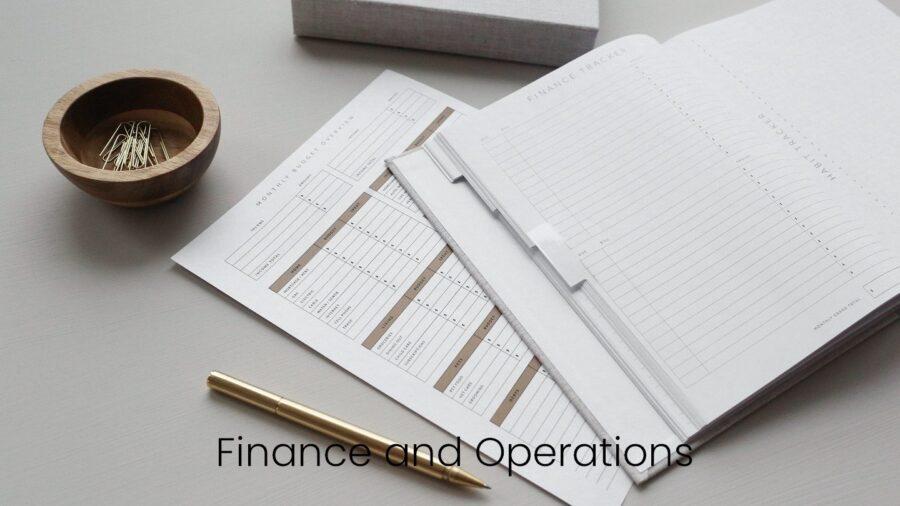Early Stage Company Valuations for Founders
Crafting a ‘Round Comparables’ Analysis
Valuation forms the basis for determining the value of the shares, or equity, in a company. There are many valuation methods and investors typically apply several in order to reach a specific valuation.
Comparables (aka ‘comps’) analysis is a common early-stage valuation method. This approach can help to create context, or an educated guess, where there is no financial track record or concrete valuation indicators.
There are a lot of reasons why founders should complete their own comps analysis ahead of kicking off the fundraising process:
• Going through the process helps you think like an investor about your opportunity
• Having a solid grasp on these numbers will help you during terms negotiation
• It can provide context for a likely fundraising pathway and insight to path to market
• Potential investors will almost certainly conduct their own comps analysis
Comps analysis is very challenging at the best of times. Companies are incredibly diverse and finding appropriate comparables involves applying art to the science. Finding hard data on deal terms is often difficult and estimated data is inherently less reliable.
5 Steps to Startup Valuation Using Comparables
1. Start by defining relevant categories to classify as your peer group. This might be industry sector, niche, stage of development, company size, business model, geographic location, customer, traction, team, etc.
2. Create a spreadsheet with these categories and list your known competitors. If you do not have a robust list of competitors, now is the time to build one. Now try to think about other companies that might not be competitors but that are similar enough across these variables to be considered a peer. Populate this spreadsheet with data.
3. For those companies most like you, go to sites like Crunchbase or AngelList to gather information about funding rounds: date, round (Seed, Series A, etc.), investment amount, and investors in each round.
4. Now you calculate their pre-money valuation. Select at least 3 companies from those that you were able to find information regarding their funding history. If any startups received investment from publicly listed investors, their annual report should have information about the deal so that you can calculate an exact pre-money valuation. If not, you can determine an approximate pre-money valuation range, assuming they gave away a 15-30% equity range at the seed round, as follows:
• Divide the funding amount by 0.15 or 0.3
• Subtract the funding amount to get the pre-money
How to Communicate Your Comps-Based Valuation to an Investor
Now that you have your comps-based valuation in hand, you need to be able to clearly communicate how you’ve arrived at this number. Be prepared to defend which companies you have selected as peers and for investors to choose different companies as your peers in their own analyses.
An example of how to explain your maths:
We believe that our peer group is characterised by x, y, and z. Company A, Company B and Company C were selected as representative comparables for our seed round valuation. Their average pre-money valuation was $xM for an average seed round of $xxx,xxx.
You may also choose to include this analysis in your information memorandum or pitch deck. Below is an example of how you might choose to display your Comparables Analysis.
Summary
You should aim for at least 3 solid comparables in your analysis. While tempting, avoid cherry-picking only the best or comps that are clearly outliers. You leave the door wide open for investors to contest your valuation numbers by presenting their own comps data that is far less favourable.
Having this comps data handy will enable you to complete other valuation methods, like Risk Factor Summation or the Scorecard Method.
At the end of the day, no seed-stage valuation method is highly accurate. Investors aim to triangulate multiple data points toward a fair valuation. Sharing a solid comps analysis with a potential investor demonstrates that you know how to think about your opportunity from their perspective and that you are basing your investment terms negotiation on data, not esoterically what you feel like your startup is worth.
